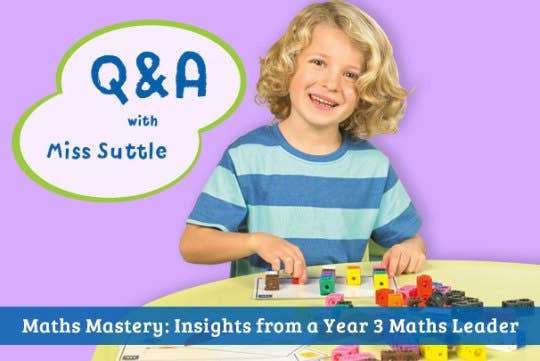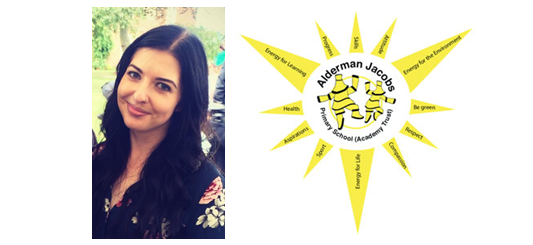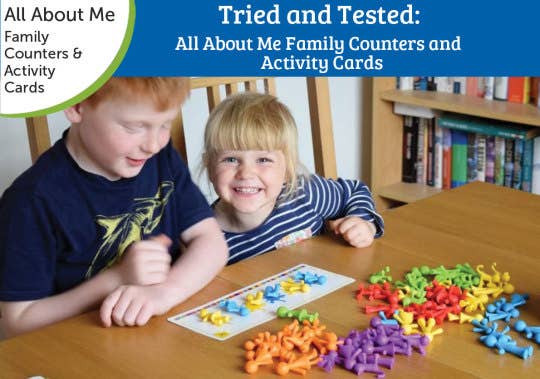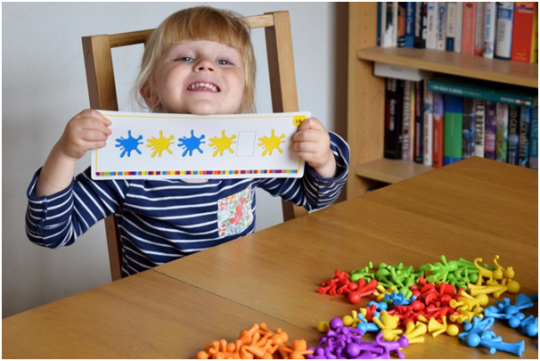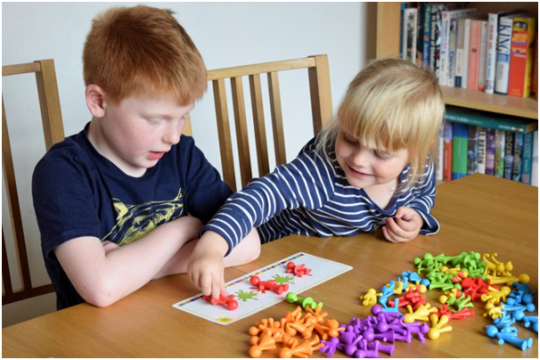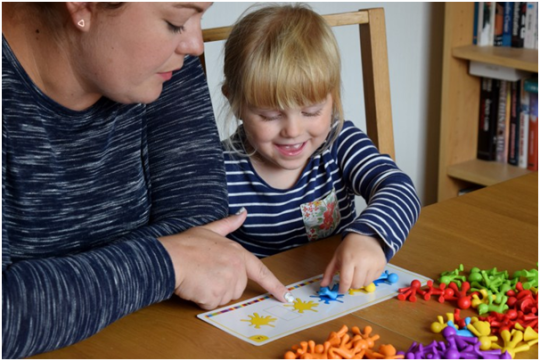
What is Maths Mastery?
- Learning Resources Posted On Jul 31, 2021 | Seasonal Fun
Maths Mastery is a teaching approach that helps children develop a deep, long-term, secure, and adaptable understanding of maths, explains the National Centre for Excellence in the Teaching of Maths (NCETM).
In this guest blog post, primary school teacher and regular contributor Joanne Moore, explains what is Maths Mastery and the three main elements to learning, which will give parents an overview on why the Department of Education has adopted this approach in the National Curriculum for Maths.
Read more maths related content:
What is Maths Mastery?
The Mastery approach to teaching maths is a current hot topic within education. The three main elements for developing mastery are:
- Reasoning which is the ability to follow a line of enquiry, conjecture relationships and generalisations, and developing an argument, justification or proof using mathematical language.
- Problem-solving allows children to apply mathematics to a variety of routine and non-routine problems with increasing sophistication, including breaking down problems into a series of simpler steps and persevering in seeking solutions.
- Mastery is built gradually and, in order to get the skills to a deepened level, learning moves through three different stages – concrete, pictorial, and abstract.
What is concrete, pictorial, abstract?


The concrete, pictorial, abstract approach makes children active participants in building a rich, meaningful understanding of maths concepts by constructing their own knowledge. This approach comes from American cognitive psychologist Jerome S. Bruner’s book, ‘The Process of Education’. Published in 1960, it’s regarded as a pivotal work in understanding how children learn.
The concrete, pictorial, abstract approach to maths
Concrete
When first introduced to an idea or skill, hands-on teaching resources enable the process to be acted out through experience. Whatever the resources are, they can be moved, grouped, and rearranged to illustrate the problem. This is the foundation for conceptual understanding. This is a necessary stage for young children who are still thinking in concrete terms and learning through discovery.
Pictorial
As a child’s experience and confidence grows in mathematics, they may no longer need physical objects to actually move around in order to understand and practise their maths skills. Instead, they draw them. Children will visualise the concept and then record this pictorially using models. This may involve drawing pictures, using circles, dots or tallies. This encourages logical thinking.
Abstract
Once children have enough context of the maths skill or concept, they will then begin to perform them at a symbolic level, using only numbers, notation, and mathematical symbols to represent and solve the problem mentally.
The three steps provide children with a deeper understanding of mathematical concepts and ideas and lays the foundations for effective problem-solving in the future. It is important to understand that a child who uses abstract representations in one area may need concrete objects in another.
On a different occasion, a child may need to revisit a concrete representation before moving on to a pictorial or abstract one. Therefore, it is important that children are free to use a variety of representations to support their maths learning.
As a parent, you hold the biggest sway over whether your child develops a love for maths and feels confident in the concepts. To support your child’s learning, read more on how you can help your child love maths for life.
Browse our free maths activity sheets for kids. Check out our numeracy resources that are perfect for learning at school and at home.


